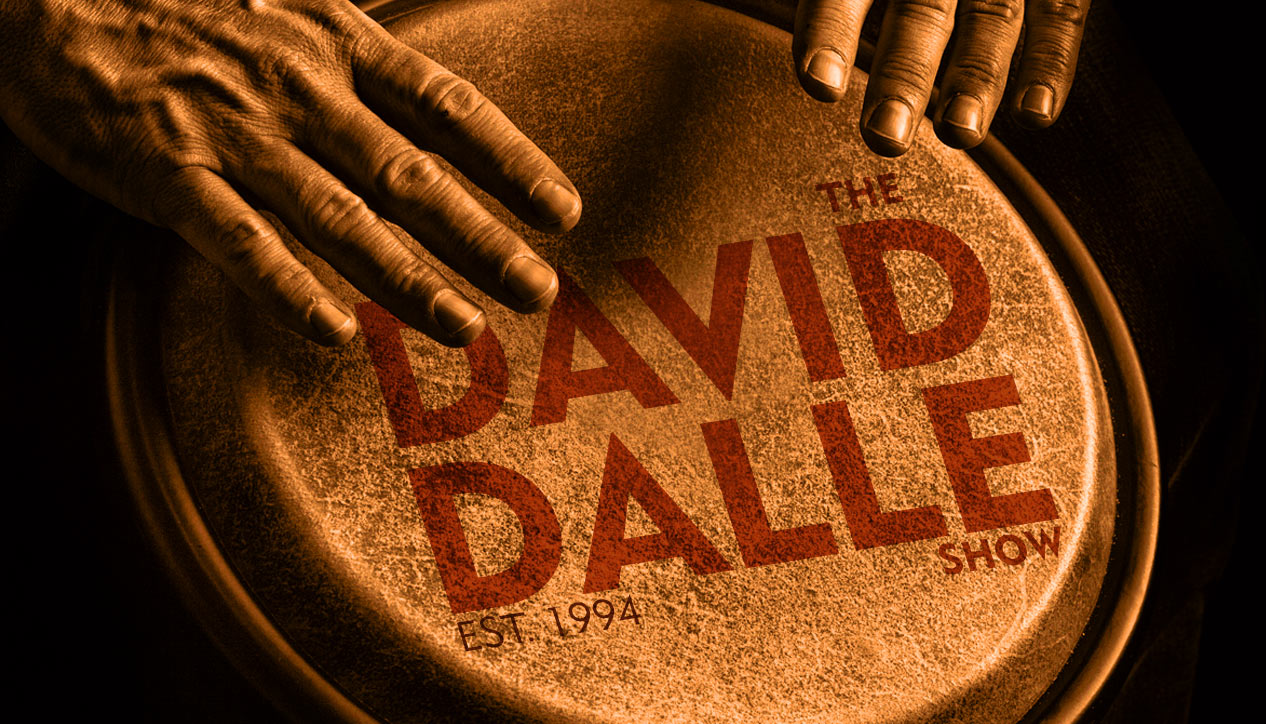Today we look at Alfred Schnittke's 3rd symphony from 1981. Schnittke's 3rd, 4th, and 5th symphonies represent his mature period of polystylistic composition which we heard so dramatically in his 1st symphony.
The 3rd symphony was very strongly influenced by Schnittke's background--he had a very unusual background which made him an outsider almost everywhere. His father was a German Jew and his mother was a Volga German, Germans who immigrated to Russia in the 18th century and who lived in German communities in Southern Russian province of Saratov. His first language was German (an 18th century German dialect still preserved there), but he spent most of his life living in Russia (as the Soviet Union).
The 3rd symphony was a commission by Kurt Masur and the Leipzig Gewandhaus Orchestra. Schnittke used this commission by a famous German conductor of one of the oldest orchestras in the world to explore and confront his German background. The Austro-German classical tradition is still the heart of the classical canon to this day. Schnittke wanted to explore this tradition, particularly its symphonic tradition, from Bach to post-WWII German composers like Henze and Stockhausen as well as German philosophy and the question of Evil (not far from the minds of many Russians who lived through WWII). However, Schnittke couldn't help but look at it from the perspective of a Russian composer as well, and several influential trends in Russian literary and musical theory also influenced the piece. The result was his 3rd symphony, an incredibly rich piece imbued with many many layers of symbolism and references to three centuries of German music and composers.
Unlike his 1st symphony, Schnittke's references and allusions to different composers and periods of music is not done with direct quotations, but rather, with the German and Russian interest in using monograms based on composer's names. The most famous is Bach, b-a-c-h (b flat, a, c, b natural in german notation), he also spells out in themes over 30 other Austro-German composers (Handel, Haydn, Mozart, Schubert, Schumann, Wagner, Brahms, Bruckner, Mahler, Strauss, Schoenberg, Berg etc), as well as the German ideas of the Nature or the Earth (erde) and Evil (das bose). The appreciation and representation of Nature has been a key theme in German art, particularly in the 19th century from Beethoven to Mahler, and it is strikingly represented in the opening of the symphony by creating a huge contrapuntal texture built on natural harmonic overtone series starting on a fundamental C. This is similar to how Wagner began his epic Ring trilogy, but whereas Wagner manipulated the tones to fit a diatonic tonality, Schnittke followed the natural overtones. The result has been described as sounding like Wagner's Prelude "cubed and cubed again". Out of the overtone music grows the "monogram music" starting with Erde and Bach. He continues with the monograms of all those German composers in chronological order.
The 2nd movement is where Schnittke explores polystylism the most in this symphony, and with very clear allusions to the music of Mozart and Bach. It is almost in sonata form. In the 3rd movement, Schnittke tries to represent Evil. And in German thought, there are two categories of evil, evil results "Das Ubel" and evil itself, the source of evil "Das Bose". Schnittke wanted to represent evil itself "Das Bose", and not just evil results (pain, suffering, anger etc). Besides using a theme based on the monogram "Das Bose", he borrows a technique Liszt used in his Faust symphony, which has 3 movements each representing a character in Faust: Faust, Gretchen, and Mephistopheles. Mephistopheles is supposed to be pure Evil, and Liszt uses a convention that evil cannot create, it can only corrupt and destroy. In his symphony, the Mephistopheles movement doesn't introduce any new themes, it just uses themes from the Faust movement and "corrupts" them. Schnittke wrote that Liszt was the first composer to be able to represent true evil "Das Bose" in music. Schnittke does something similar with his 3rd movement representing evil. It is a corruption of the 2nd movement, both in sound and in theory. The polystylism of the 2nd movement is very distinct, individual "identities" of the styles are clear. In the 3rd movement, he smashes the different styles together so densely, they lose their identities, they are destroyed. This movement reaches a huge contrapuntal climax after which the voices become stripped away until finally being left with the Bach theme again. This leads into the long 4th movement where Schnittke uses the number 12 a lot to organize the music, to symbolize Serialism which came to dominate German music from its creator Schoenberg and especially after WWII. The atonal serialism is contrasted with the tonal Bach motif and this conflict continues, with neither compositional, method, tonal and atonal, being able to resolve to a conclusive end since the methods of closure in both theories contradict each other. The symphony ends on an ambiguous, uncertain tone with the listener being left to decide whether the great German musical tradition has reached its end or not.
Schnittke's 3rd symphony is a brilliant, beautiful, moving and epic journey through three centuries of one of the great musical traditions of humanity.
| Samfall Diabel Cissokho - Kanabory Siyama - World Village |
| Diabana Famoudou Konate & Ensemble Hamana Dan Ba - Guinea: Malinke rhythms and songs - Buda |
| N'Zema Bembeya Jazz - Defi & Continuite - Syllart |
| Mulatu's Mood Mulatu Astatke - Mulatu Steps Ahead - Strut |
| Habesha Debo Band - Debo Band - Next Ambience |
| Gitardjamm Sigur Ros - Live from Paris |
| Untitled No. 8 Sigur Ros - ( ) - Universal |
| Staralfur Sigur Ros - Agætis Byrjun - Universal |
| Symphony No. 3 Alfred Schnittke/Royal Stockholm Philharmonic Orchestra, Eri Klas - The Ten Symphonies - BIS |


 Subscribe to David Dalle
Subscribe to David Dalle
Icelandic band Sigur Ros is playing a rare show in Ottawa on March 29th, unfortunately at Scotiabank Place, but still, not to be missed!
2:47 PM, March 21st, 2013